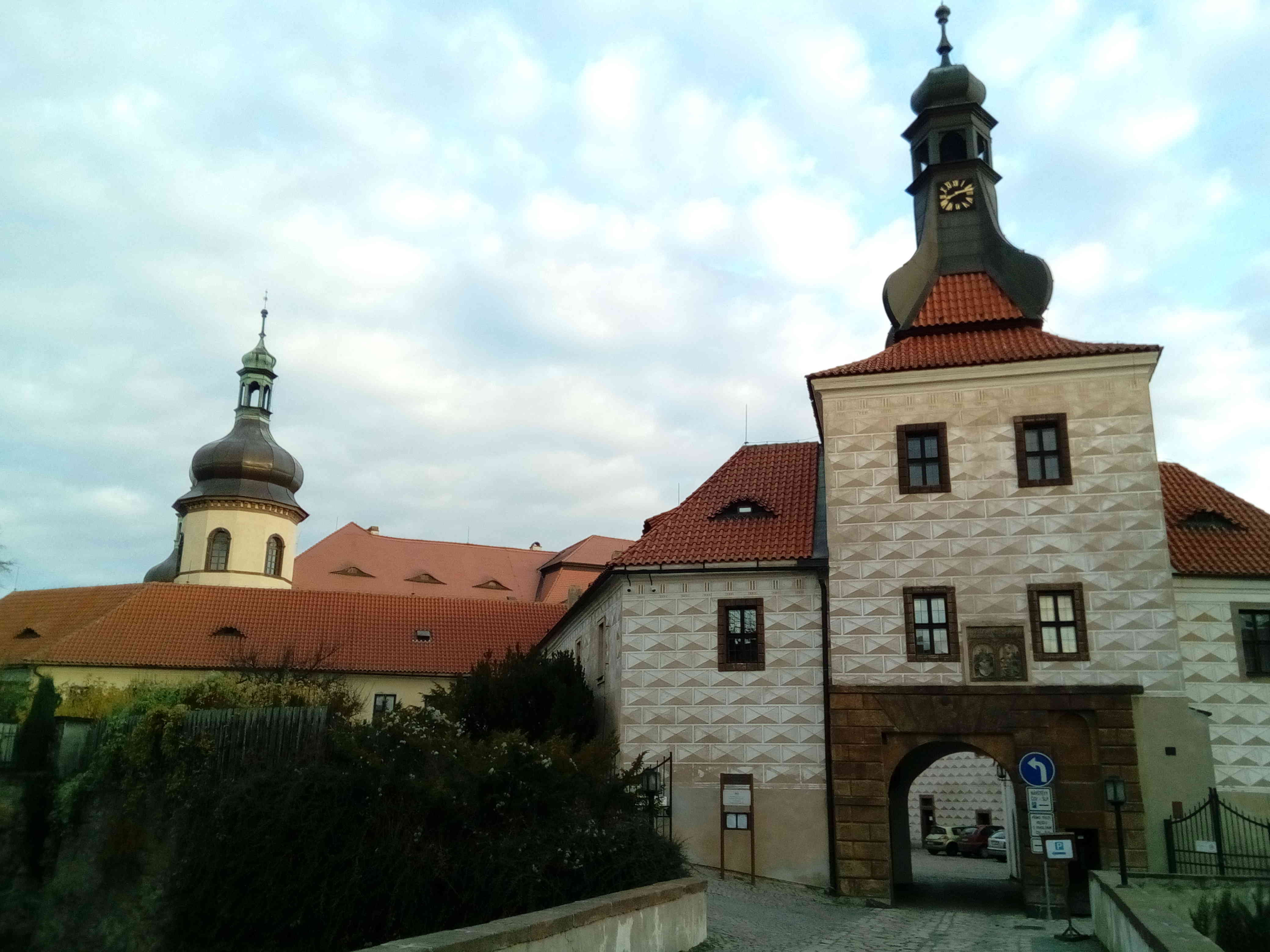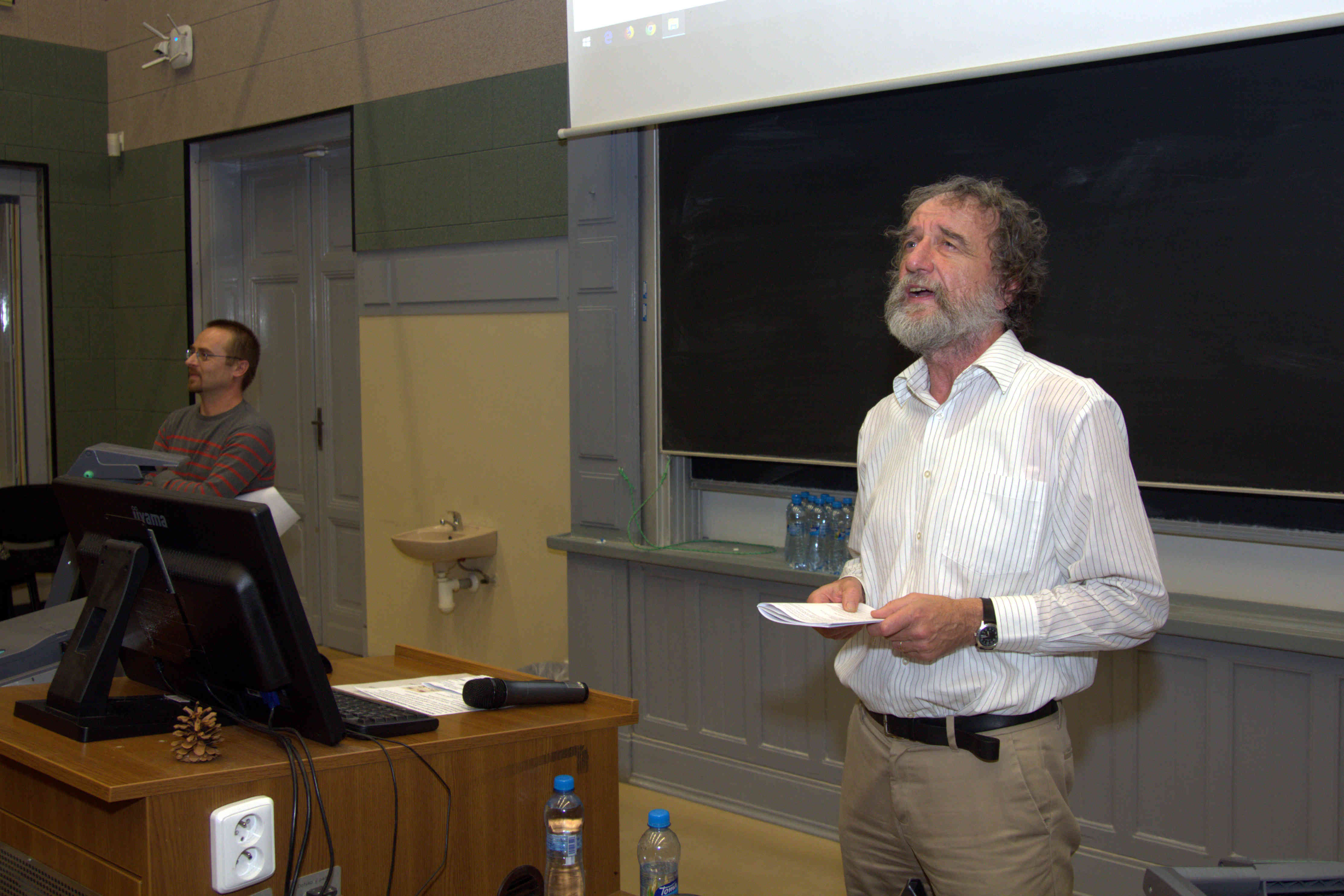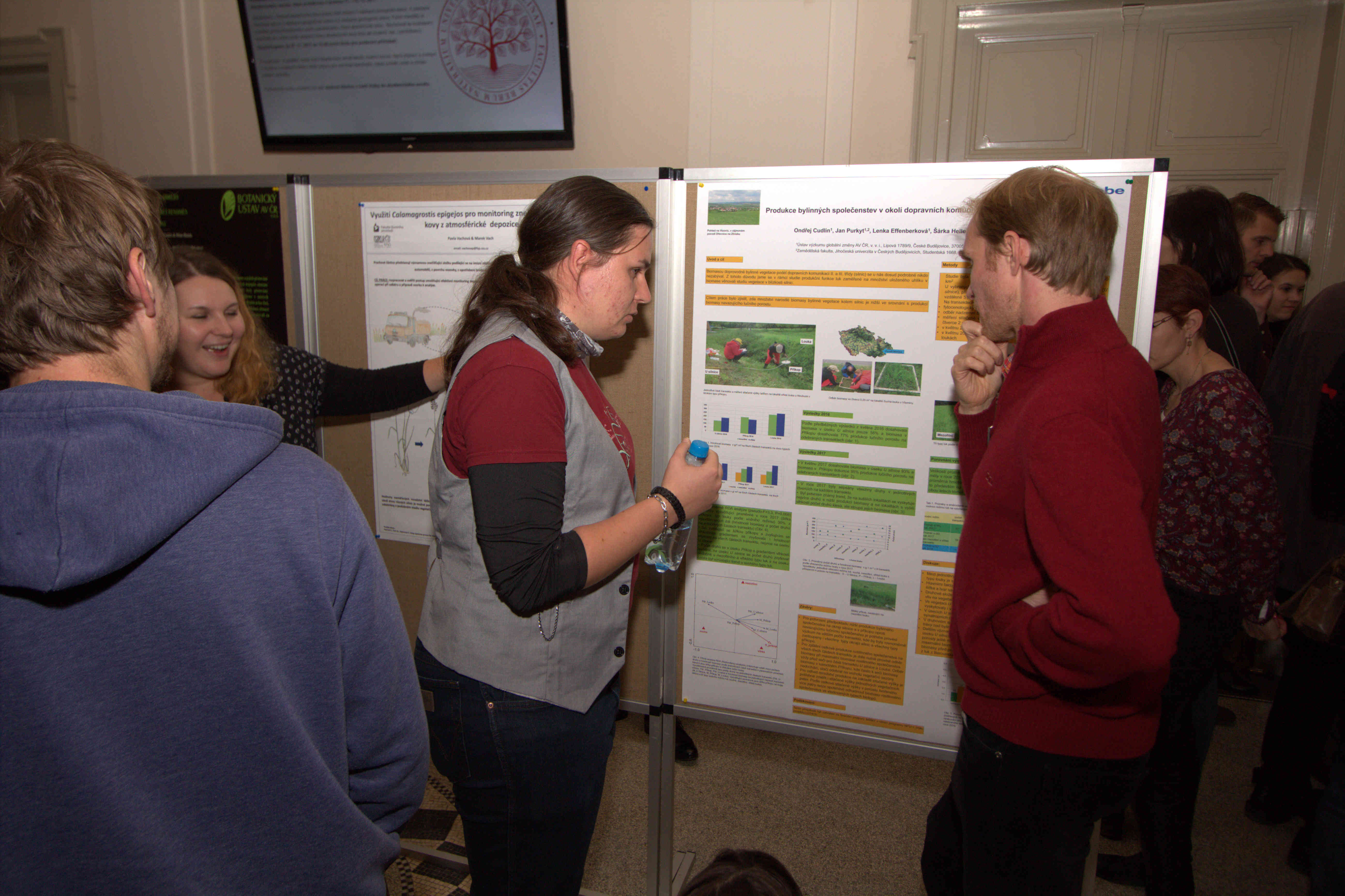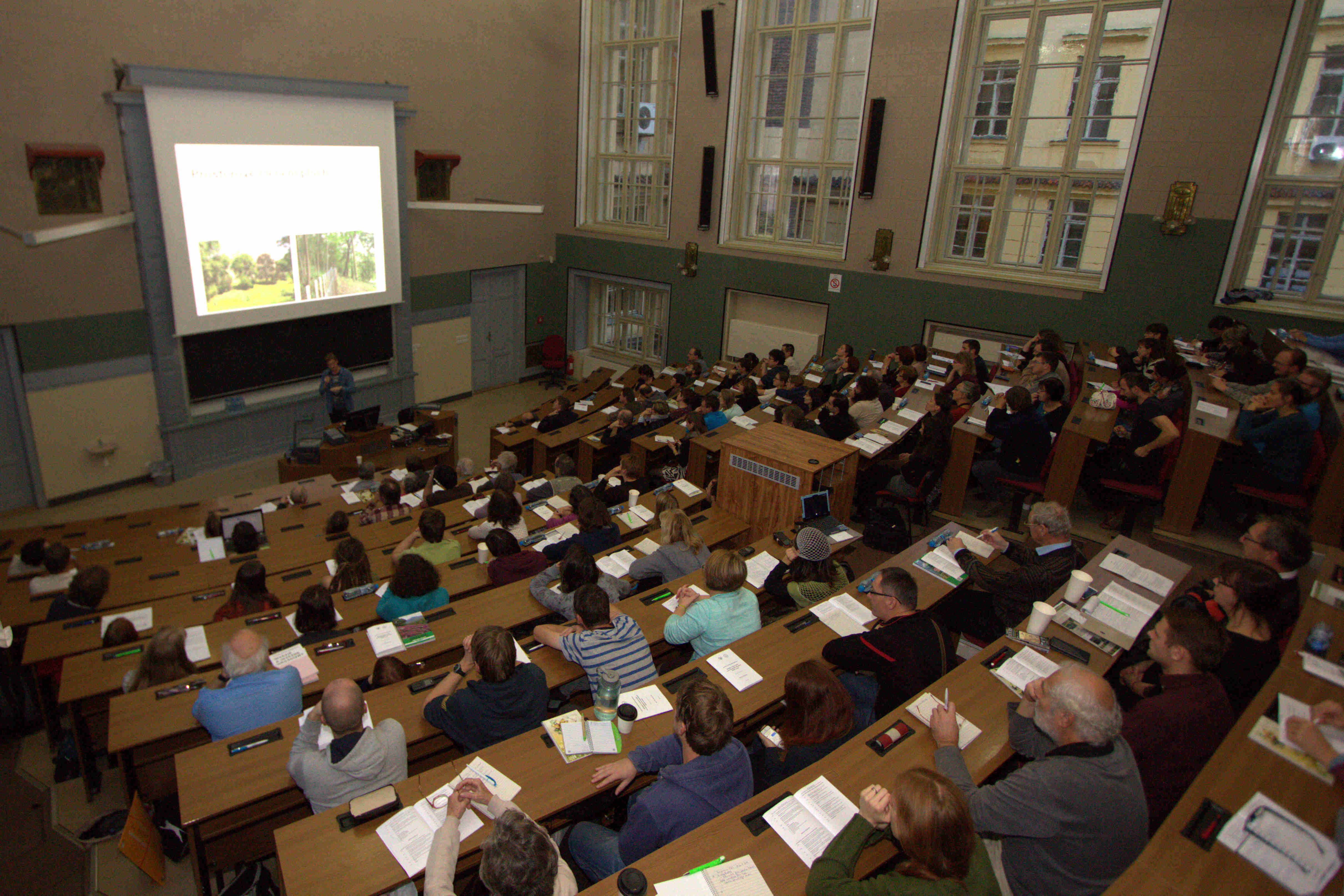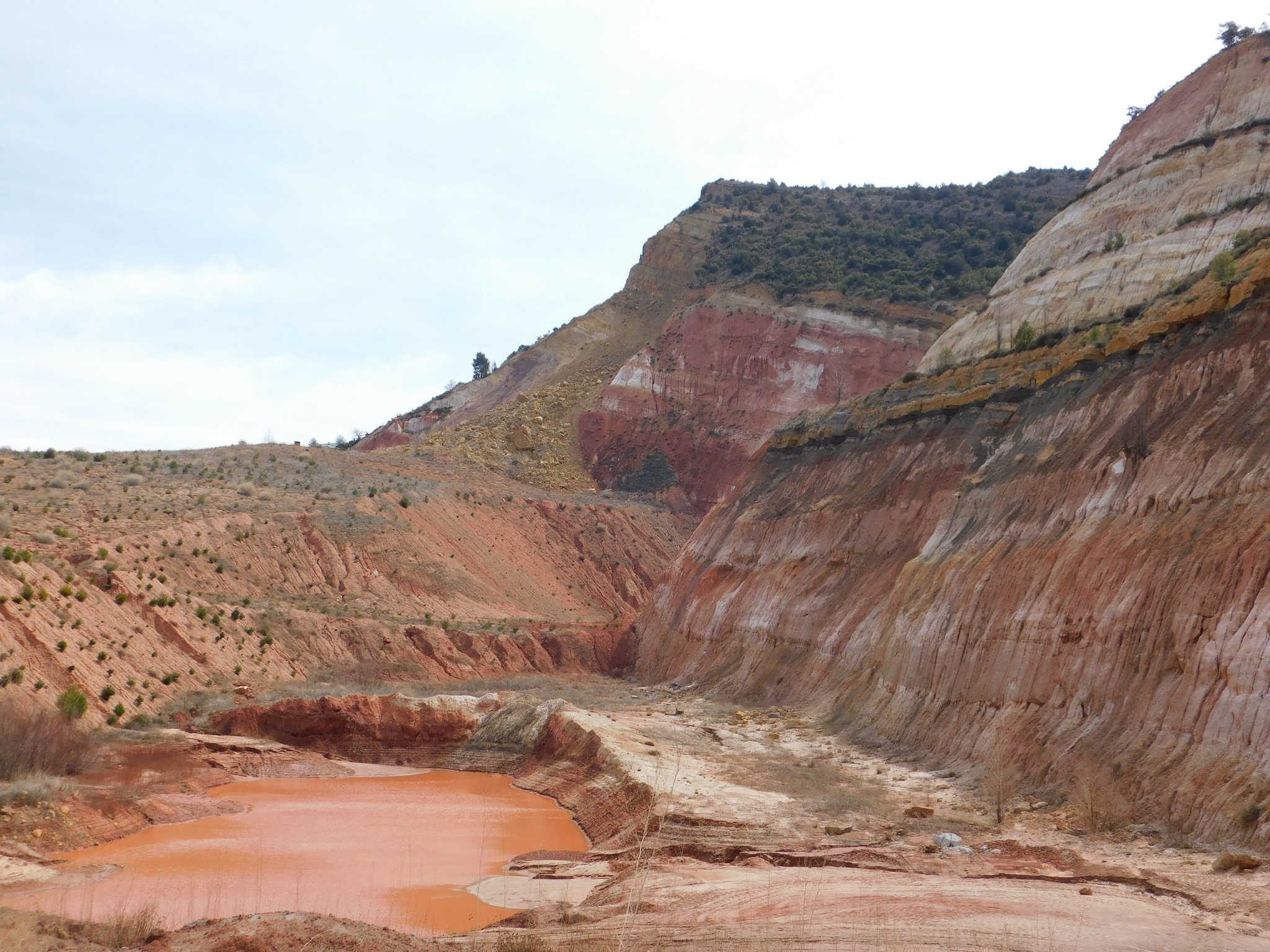 Klára Řehounková represented SER Europe in the Expert Panel Action organized by the TECMINE in Valencia. She gave a lecture about experiences with passive and active restoration approach in post-mining sites. The high potential LIFE project TECMINE deals with a cost-effective restoration of a china clay mine in a Mediterranean forest area using innovative techniques.
Klára Řehounková represented SER Europe in the Expert Panel Action organized by the TECMINE in Valencia. She gave a lecture about experiences with passive and active restoration approach in post-mining sites. The high potential LIFE project TECMINE deals with a cost-effective restoration of a china clay mine in a Mediterranean forest area using innovative techniques.
Restoration of post-mining sites in Mediterranean areas is challenging. The mine is situated in a highly eroded area in elevation of about 1 000 m above sea level. The impressive restoration plan includes various restoration techniques with the aim to reduce soil erosion processes, stabilize steep slopes and establish mixture of forests and steppe-like grasslands.
The field work was carried out on the first day within a group of professionals specialised in different fields such as botany, geology and geomorphology, ecological engineering, restoration ecology, hydrology or social sciences. The second day, several presentations summarized experiences from European countries from various aspects and provided some suggestions trying to find an optimal plan through discussion focused on particular alternatives. Really amazing best-practise example of multidisciplinary and comprehensive restoration action - good luck TECMINE!
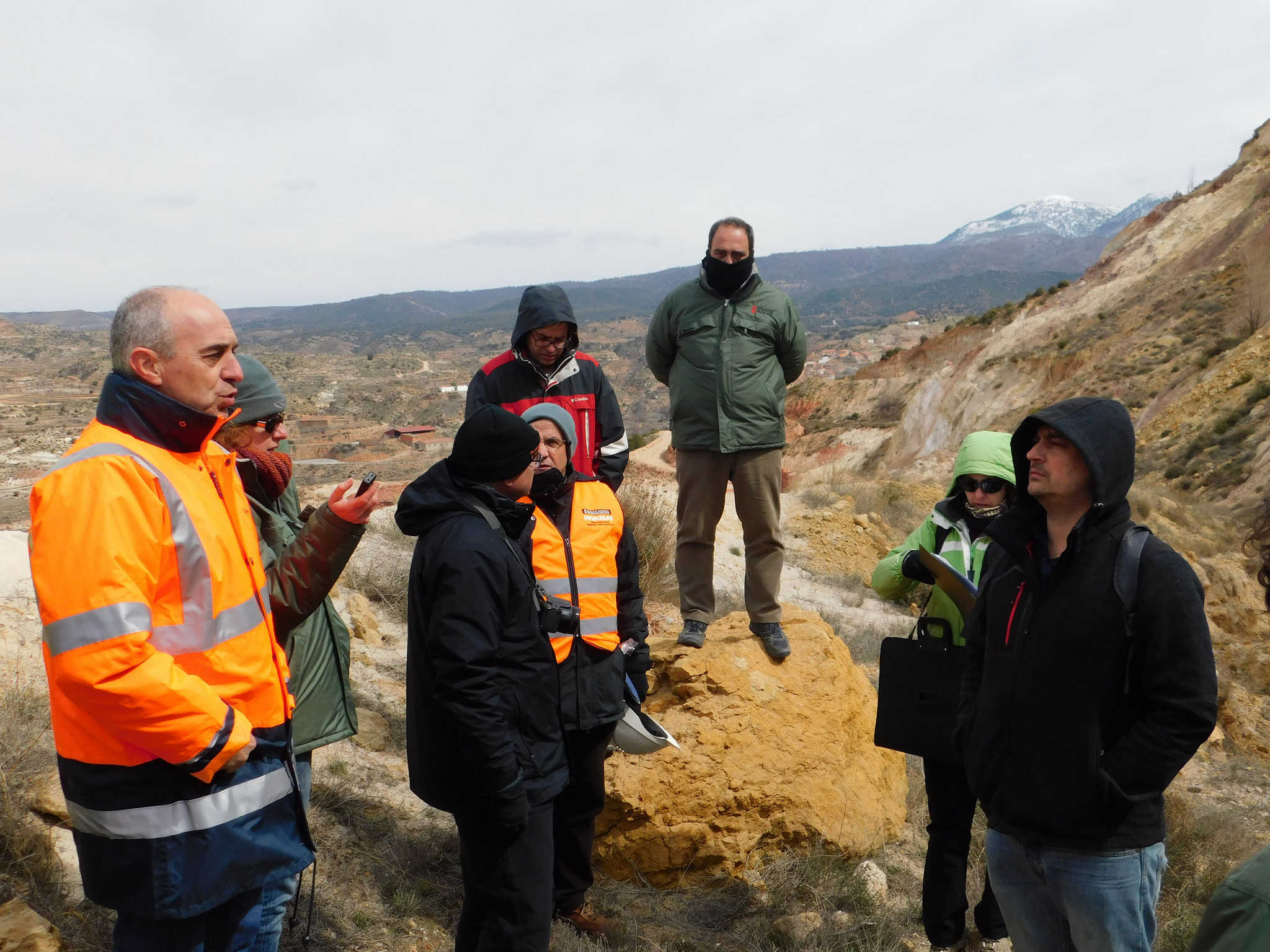
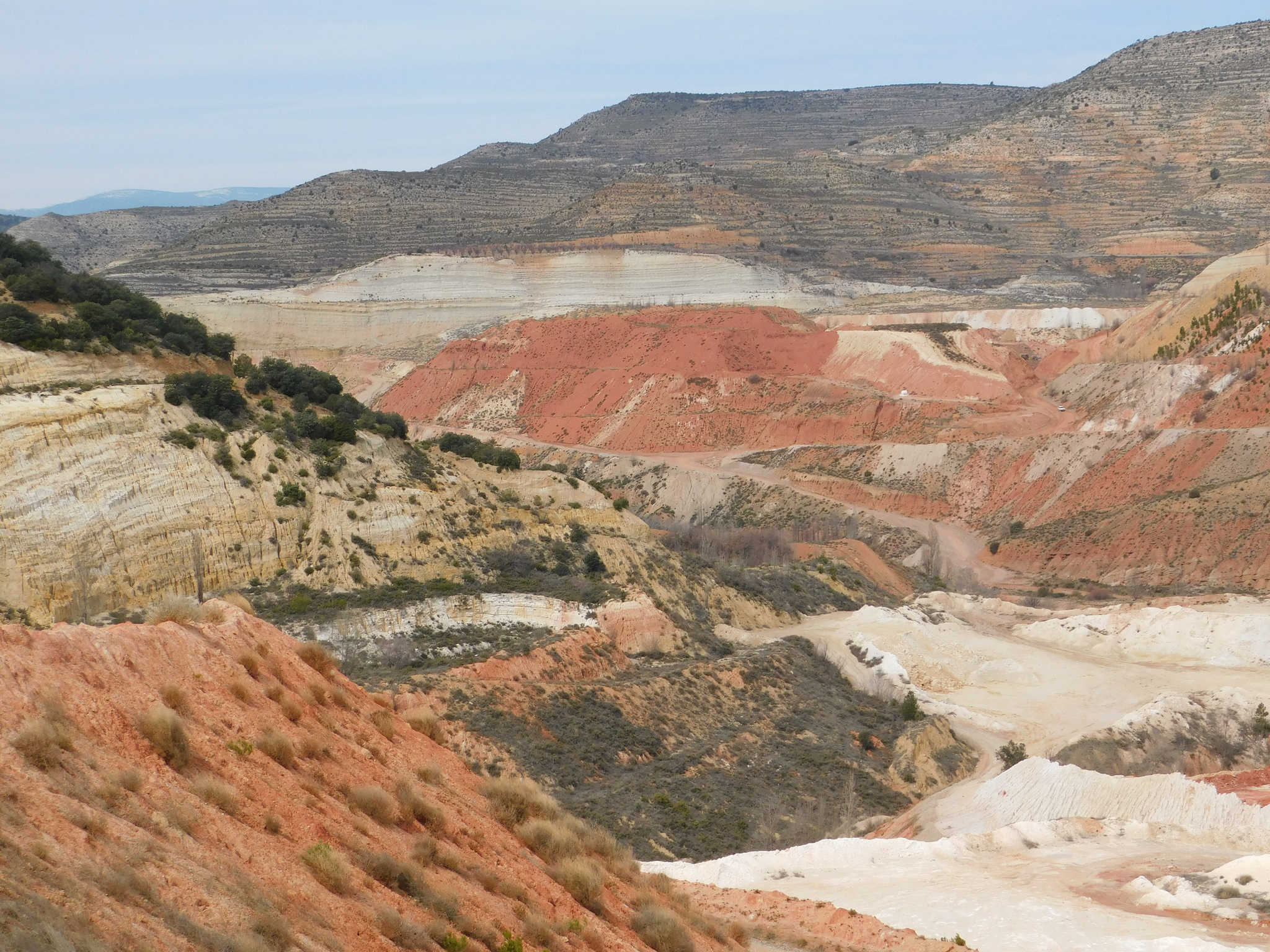
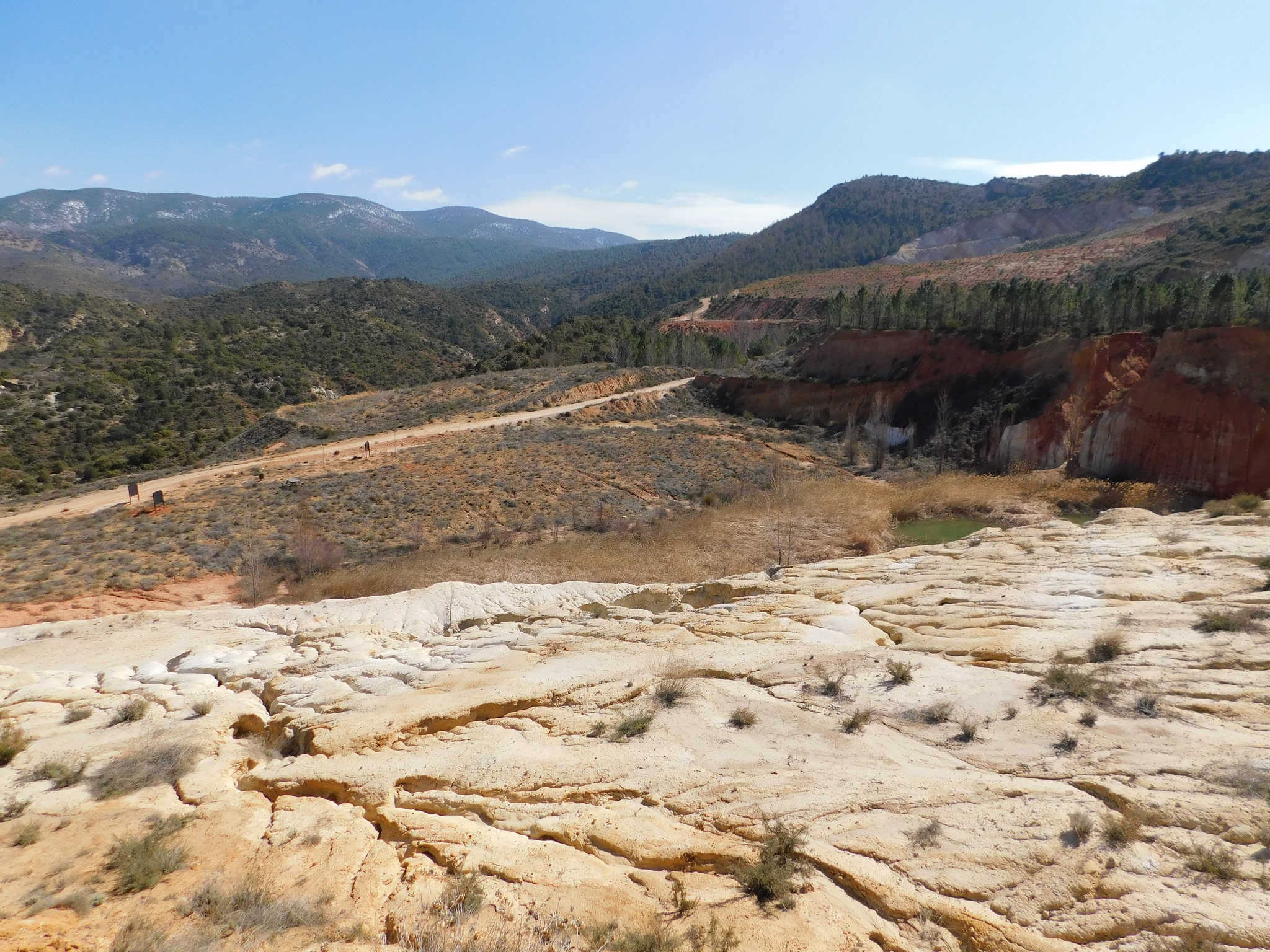
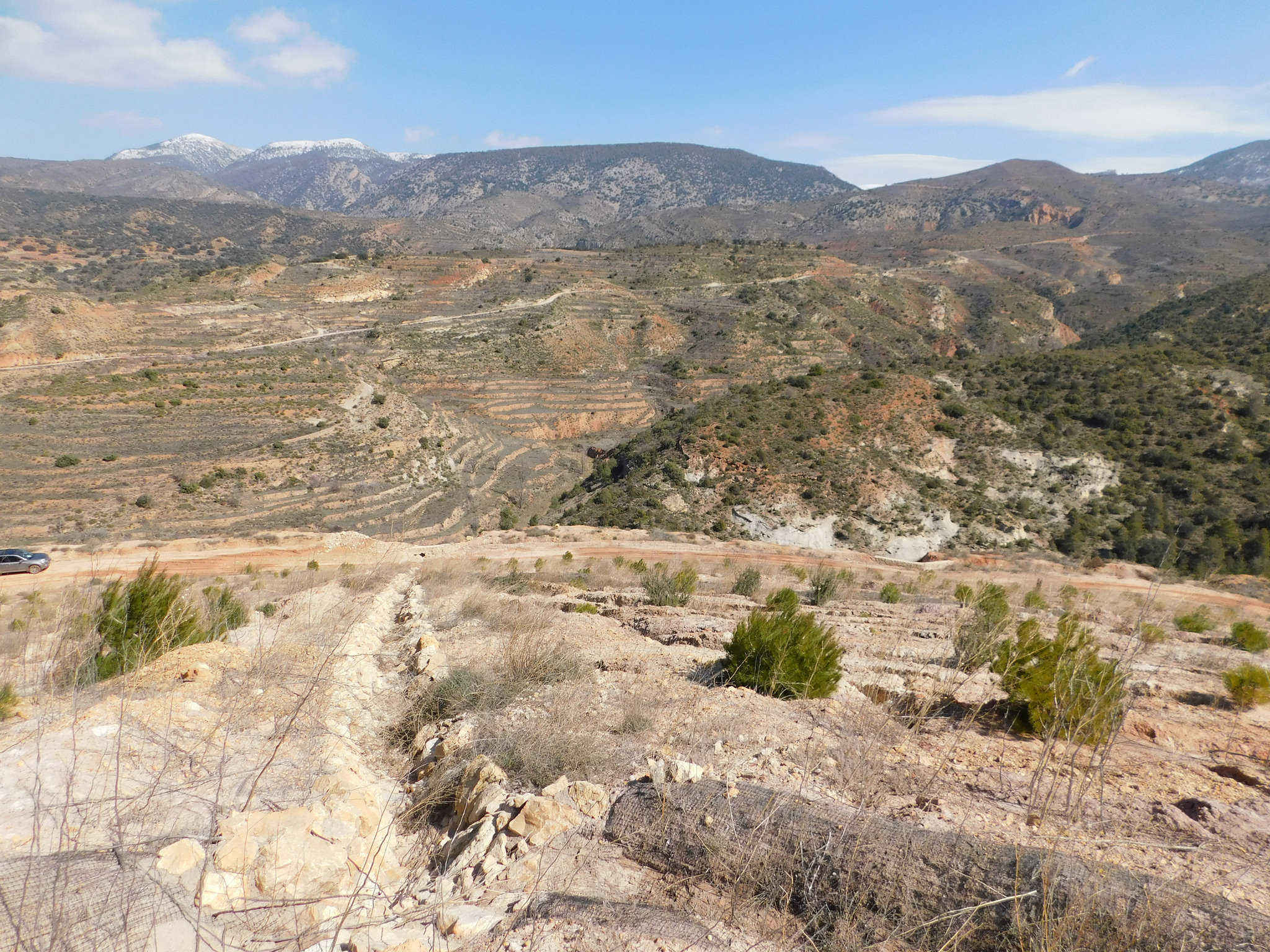
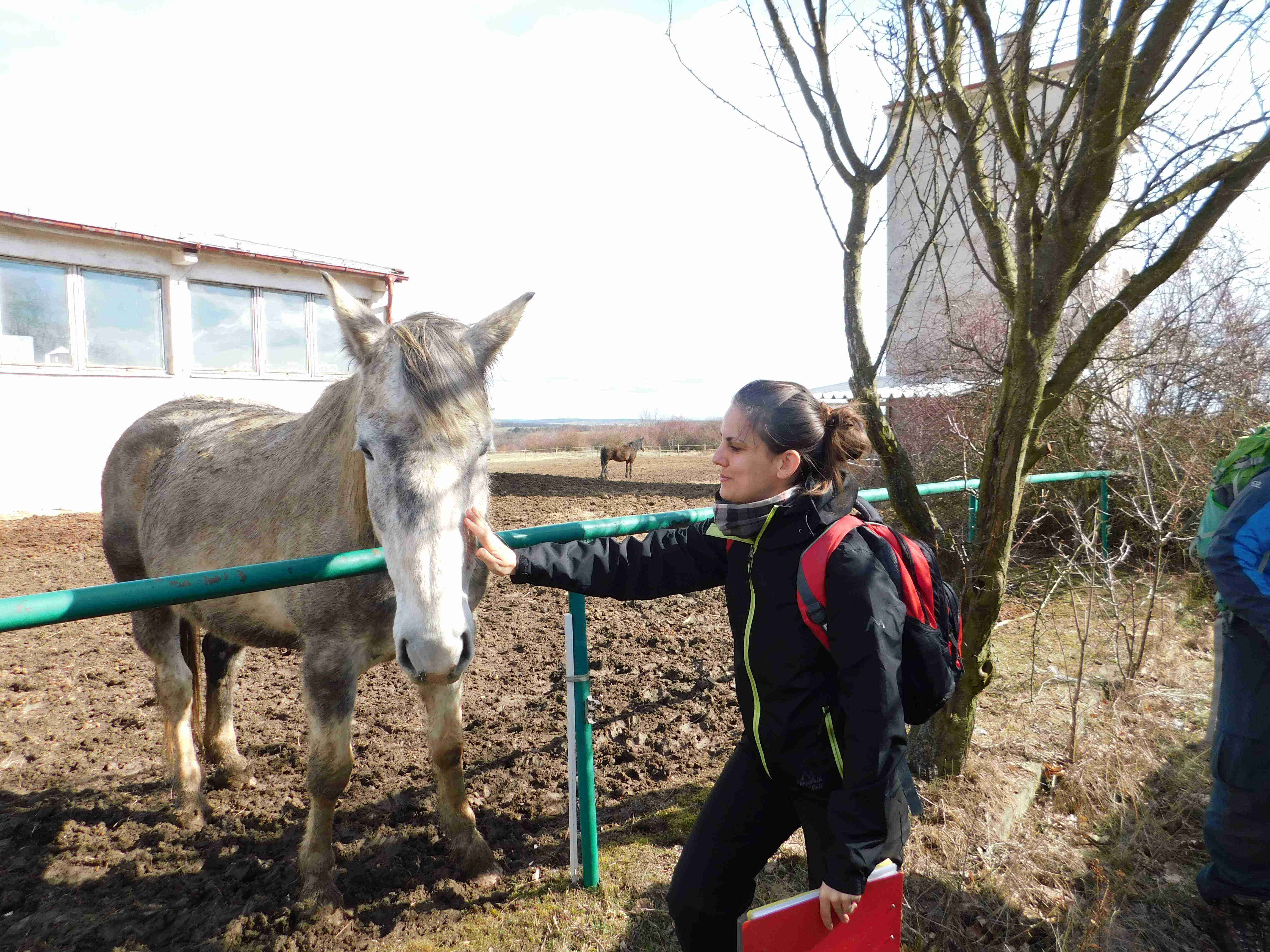
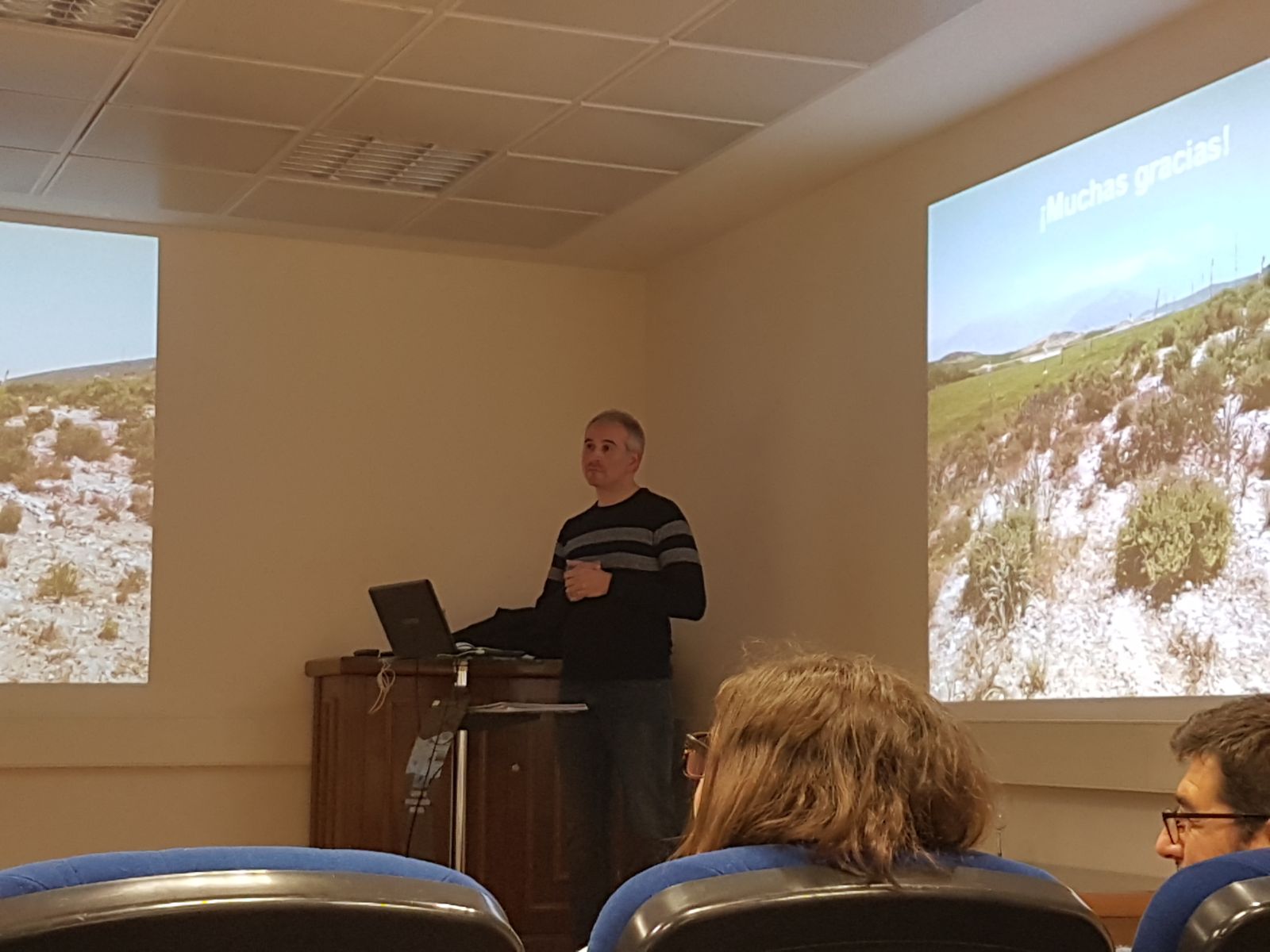 Miguel Ballesteros Jiménez, who spent several months of his internship with our group, defended his dissertation thesis last week at the University of Granada. His thesis on Restoration of gypsum habitats affected by quarrying: Guidance for assisted vegetation recovery received an excellent evaluation. Klára Řehounková, who also participated, immediately shared her impression with us: "The defense was really great. None of the opponents had any major comment and I believe the results of the thesis will have practical applications." We congratulate Miguel and hope that he will continue with his interesting work.
Miguel Ballesteros Jiménez, who spent several months of his internship with our group, defended his dissertation thesis last week at the University of Granada. His thesis on Restoration of gypsum habitats affected by quarrying: Guidance for assisted vegetation recovery received an excellent evaluation. Klára Řehounková, who also participated, immediately shared her impression with us: "The defense was really great. None of the opponents had any major comment and I believe the results of the thesis will have practical applications." We congratulate Miguel and hope that he will continue with his interesting work. 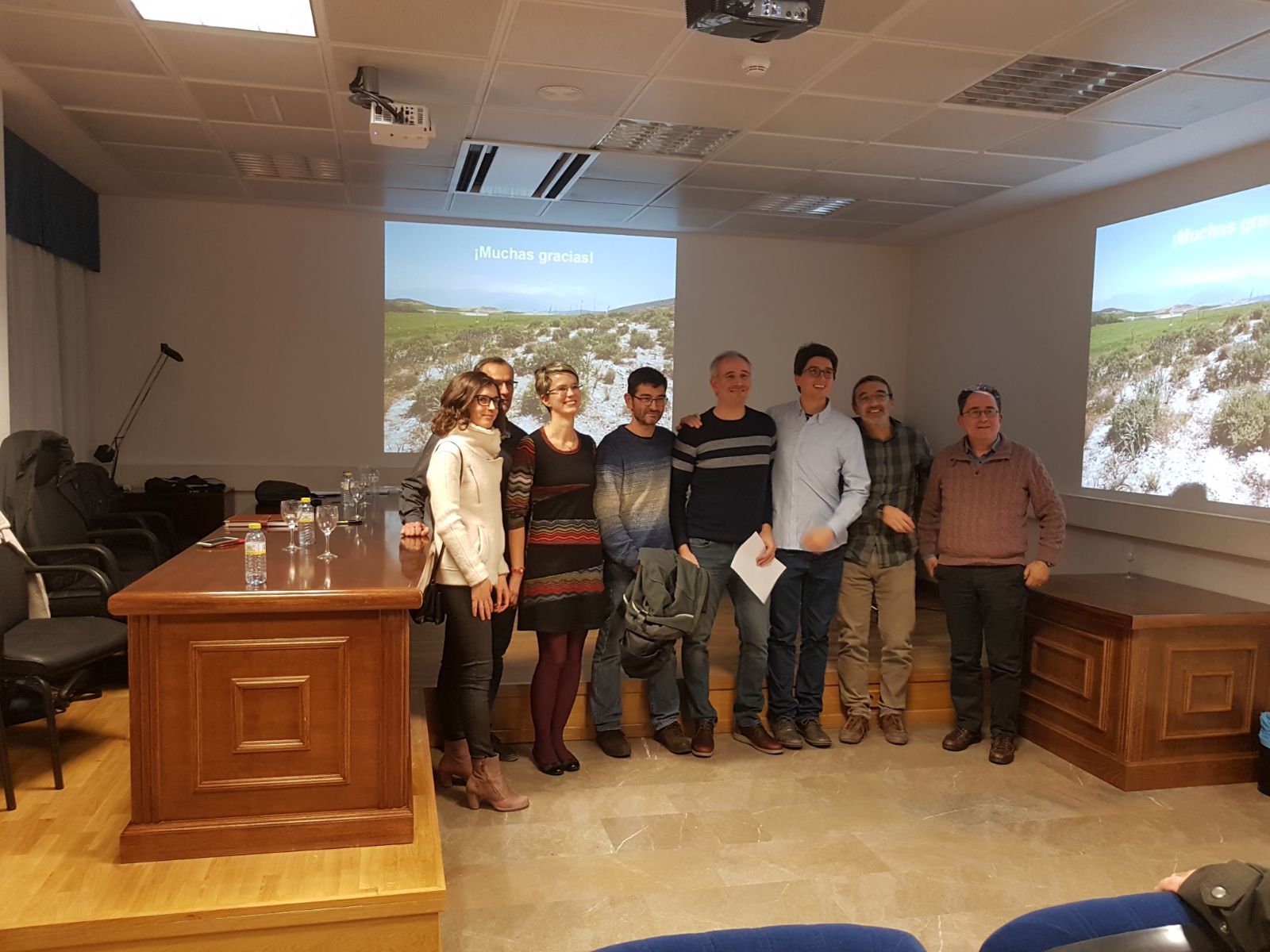
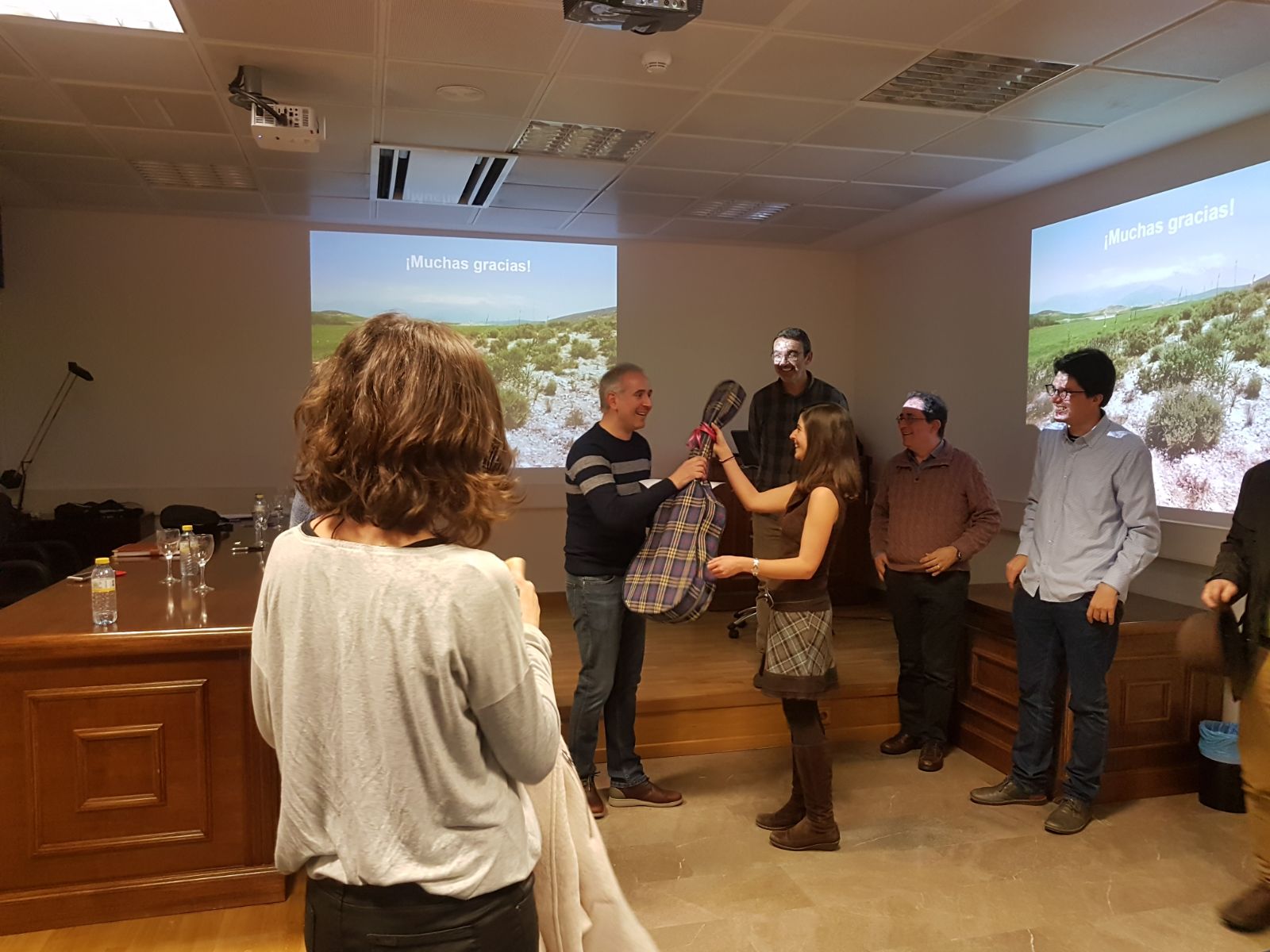
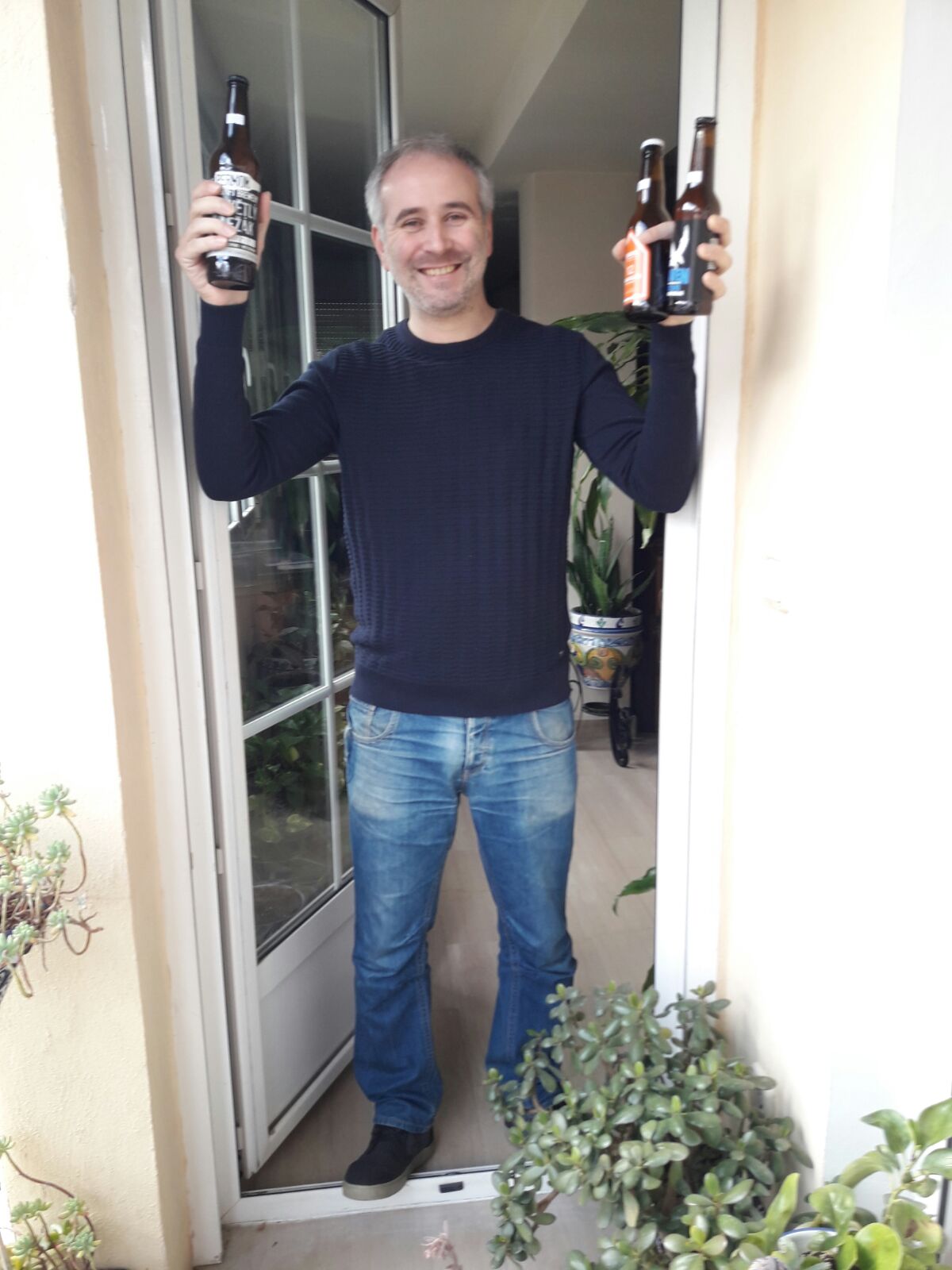
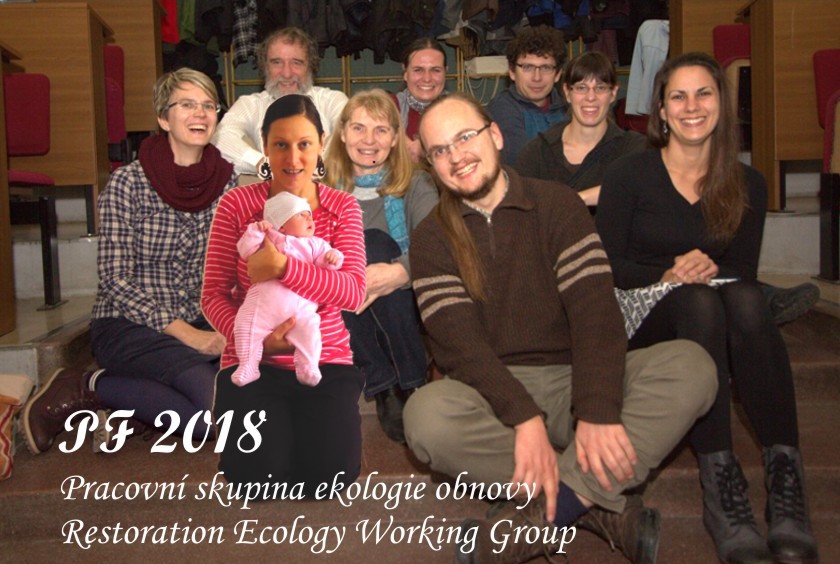 We thank all our colleagues and co-workers for the huge amount of work we have done this year. We wish to all a pleasant Christmas time and a lot of enthusiasm into the next year.
We thank all our colleagues and co-workers for the huge amount of work we have done this year. We wish to all a pleasant Christmas time and a lot of enthusiasm into the next year.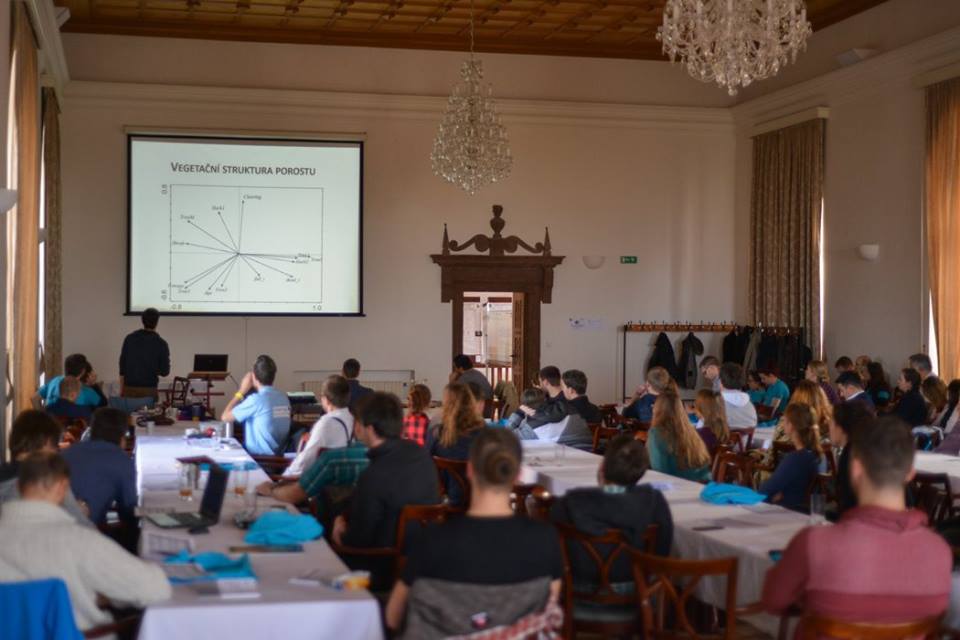 November is full of conferences. Our student Anička Müllerová participated in the 9th conference for master and doctoral students Kostelecké inspirování with her presentation Succession of aquatic and wetland vegetation in abandoned sandpits. This conference is organized by the Czech University of Life Sciences with the aim to exchange experience and establish contacts between students of biological and environmental disciplines.
November is full of conferences. Our student Anička Müllerová participated in the 9th conference for master and doctoral students Kostelecké inspirování with her presentation Succession of aquatic and wetland vegetation in abandoned sandpits. This conference is organized by the Czech University of Life Sciences with the aim to exchange experience and establish contacts between students of biological and environmental disciplines.